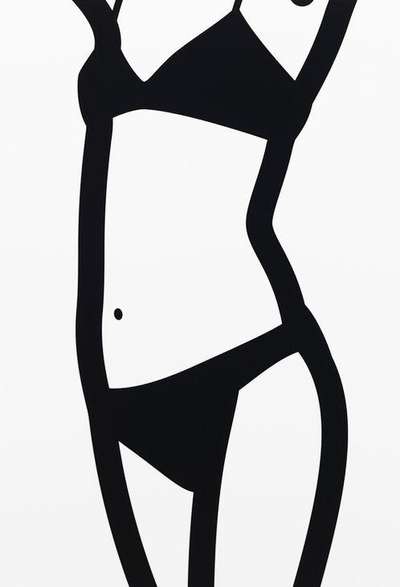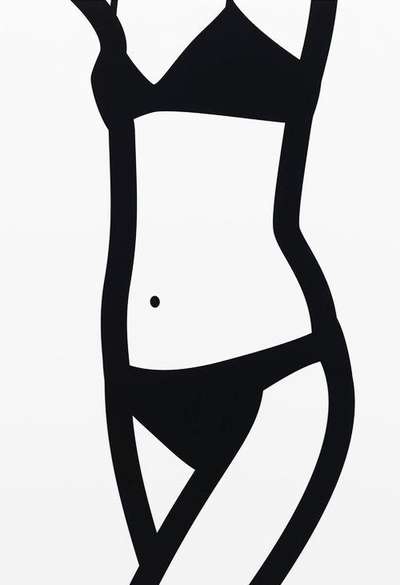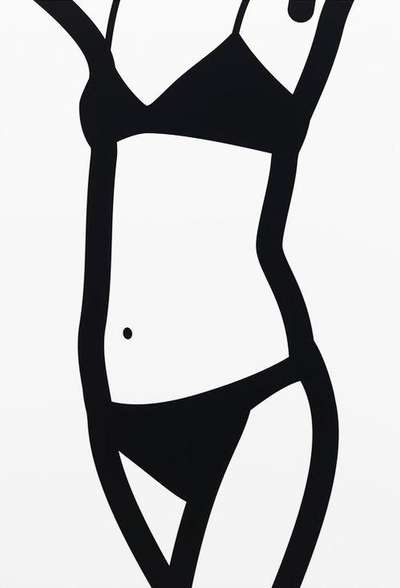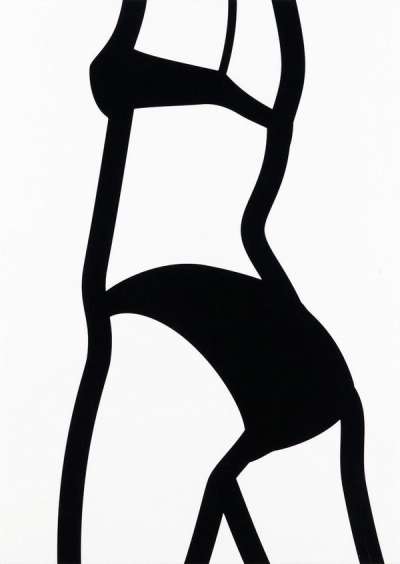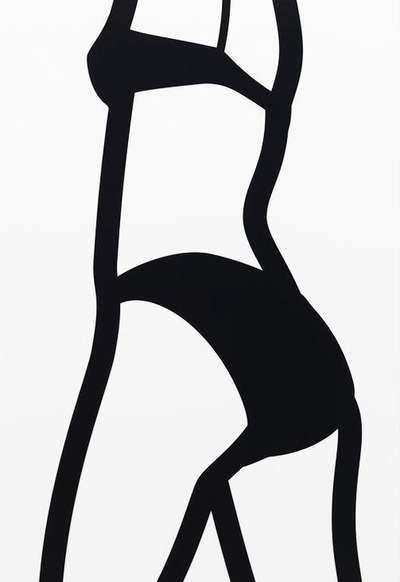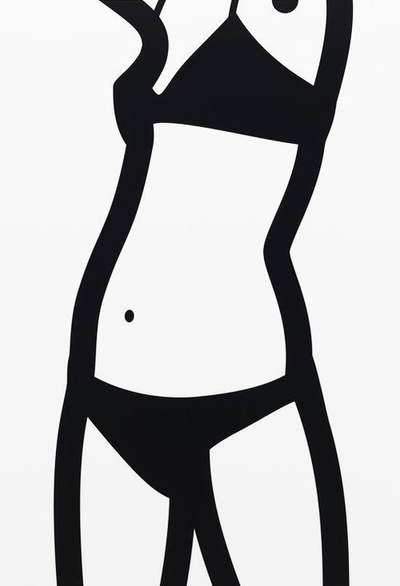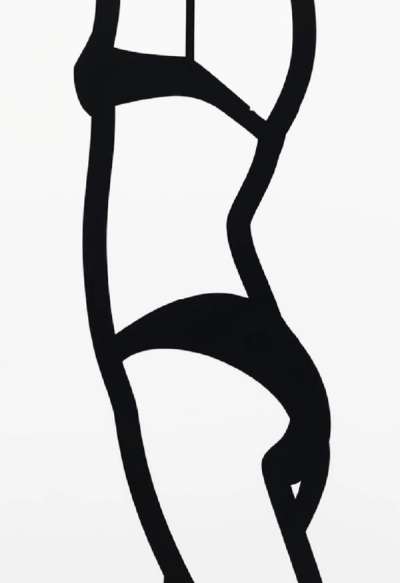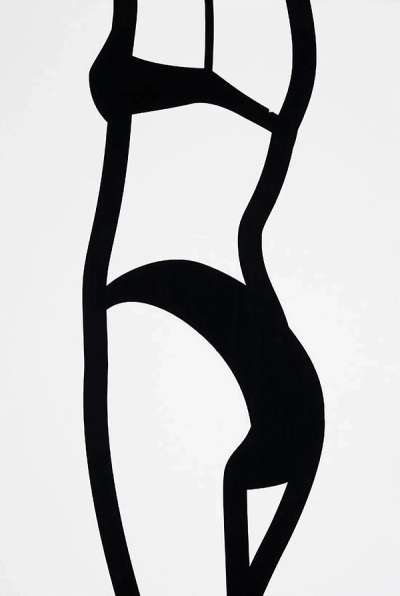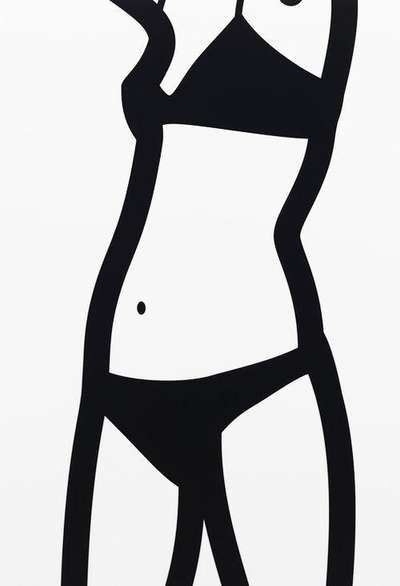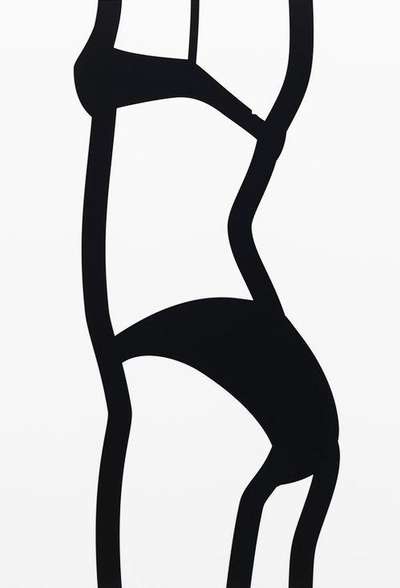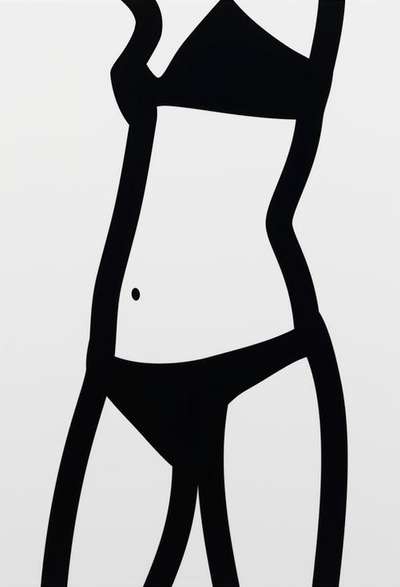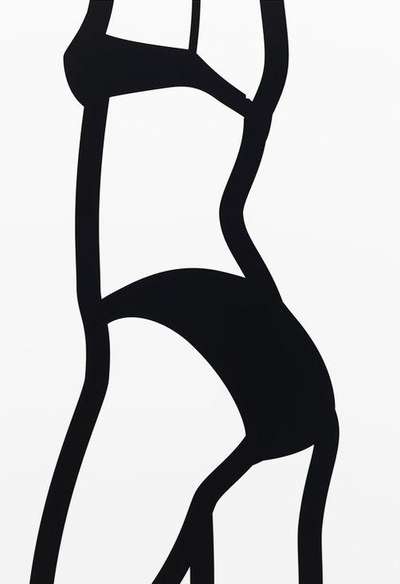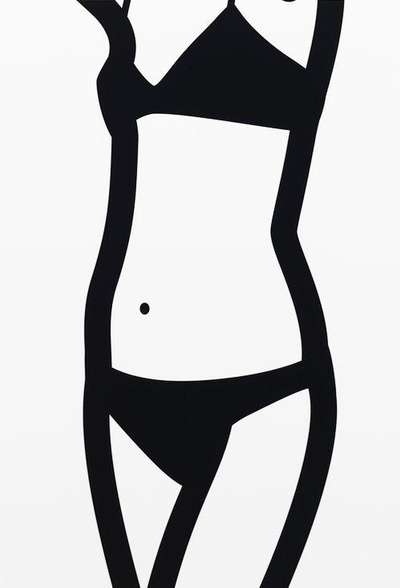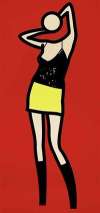Watching
Suzanne
Julian Opie's Watching Suzanne responds to the sexualised iconography of the cultural mainstream, depicting an anonymous image of the stereotypically ‘sexy’ woman. By harshly reducing the figure by cropping out her limbs and head, Opie forces viewers to consider what constitutes sex appeal and whether it can be encapsulated in an overfamiliar iconography.
Julian Opie Watching Suzanne For sale
Watching Suzanne Value (5 Years)
With £7400 in the past 12 months, Julian Opie's Watching Suzanne series is one of the most actively traded in the market. Prices have varied significantly – from £1478 to £34448 – driven by fluctuations in factors like condition, provenance, and market timing. Over the past 12 months, the average selling price was £3700, with an average annual growth rate of 2.99% across the series.
Watching Suzanne Market value
Auction Results
| Artwork | Auction Date | Auction House | Return to Seller | Hammer Price | Buyer Paid |
|---|---|---|---|---|---|
 Watching Suzanne (front) 2 Julian Opie Signed Mixed Media | 29 Mar 2023 | Bonhams New Bond Street | £2,720 | £3,200 | £4,100 |
 Watching Suzanne (back) 2 Julian Opie Signed Mixed Media | 18 Mar 2021 | Mallet Japan | £8,500 | £10,000 | £11,500 |
 Watching Suzanne (back) 7 Julian Opie Signed Mixed Media | 22 May 2018 | Swann Galleries | £1,913 | £2,250 | £3,000 |
 Watching Suzanne (back) 1 Julian Opie Signed Mixed Media | 21 Apr 2018 | SBI Art Auction | £3,528 | £4,150 | £4,800 |
 Watching Suzanne (front) 4 Julian Opie Signed Mixed Media | 28 Sept 2015 | Auctionata, Berlin | £2,125 | £2,500 | £3,200 |
 Watching Suzanne (back) 3 Julian Opie Signed Mixed Media | 18 Apr 2015 | SBI Art Auction | £2,380 | £2,800 | £3,250 |
 Watching Suzanne (back) 10 Julian Opie Signed Mixed Media | 25 Jan 2014 | SBI Art Auction | £2,083 | £2,450 | £2,850 |
 Watching Suzanne (front) 6 Julian Opie Signed Mixed Media | 8 Jun 2011 | K Auctions | £5,950 | £7,000 | £8,000 |
Sell Your Art
with Us
with Us
Join Our Network of Collectors. Buy, Sell and Track Demand
Meaning & Analysis
Julian Opie’s Watching Suzanne series shows a set of 20 prints featuring a dramatically cropped image of a woman’s torso and thighs, wearing only her underwear. The series is depicted exclusively in black and white and with very thick lines.
In cropping out the figure’s arms and lower half of her legs, Opie creates a highly abstracted image of the human form. Despite the flattened picture plane and use of thick, graphic lines, the image exudes a sense of realism in the way it captures the human body and thus provokes a bodily response from the viewer. Opie’s effectiveness in depicting the human form mixed with his strong sense of line, and bold use of simplified shapes is indicative of the way he strikes a balance between graphic design and high art.
Each print in Opie’s Watching Suzanne series shows the model in a dynamic pose, but when considered alongside one another the viewer can see that figure’s body in movement, turning away from the spectator. As with much of Opie’s work, each print exudes a sense of movement and motion through the static image, capturing the idea of time itself. The figure’s pose changes with each print as the series progresses and movement is conveyed through sequential images, much like movement in films. The intense cropping of each print also alludes to this notion of a snapshot in time, as opposed to providing the viewer with the entire storyline in one image.
For Opie, the depiction of movement itself becomes a tool to create a sense of realism within a highly structured, graphic visual language. Interested in movement as means to differentiate between people and form personalities, Opie uses this as a way to strike the balance between stylisation and realism in his works.
Opie has created these images through using digital photography and computer drawing programmes, a creative process he is well versed in and renowned for. Initially Opie captures the sitters through digital photographs so as to get a feel for their personality and point to any crucial details that are integral to their character. He then chooses his favourite images and draws over the individual photographs on the computer to reduce and abstract the original image.
